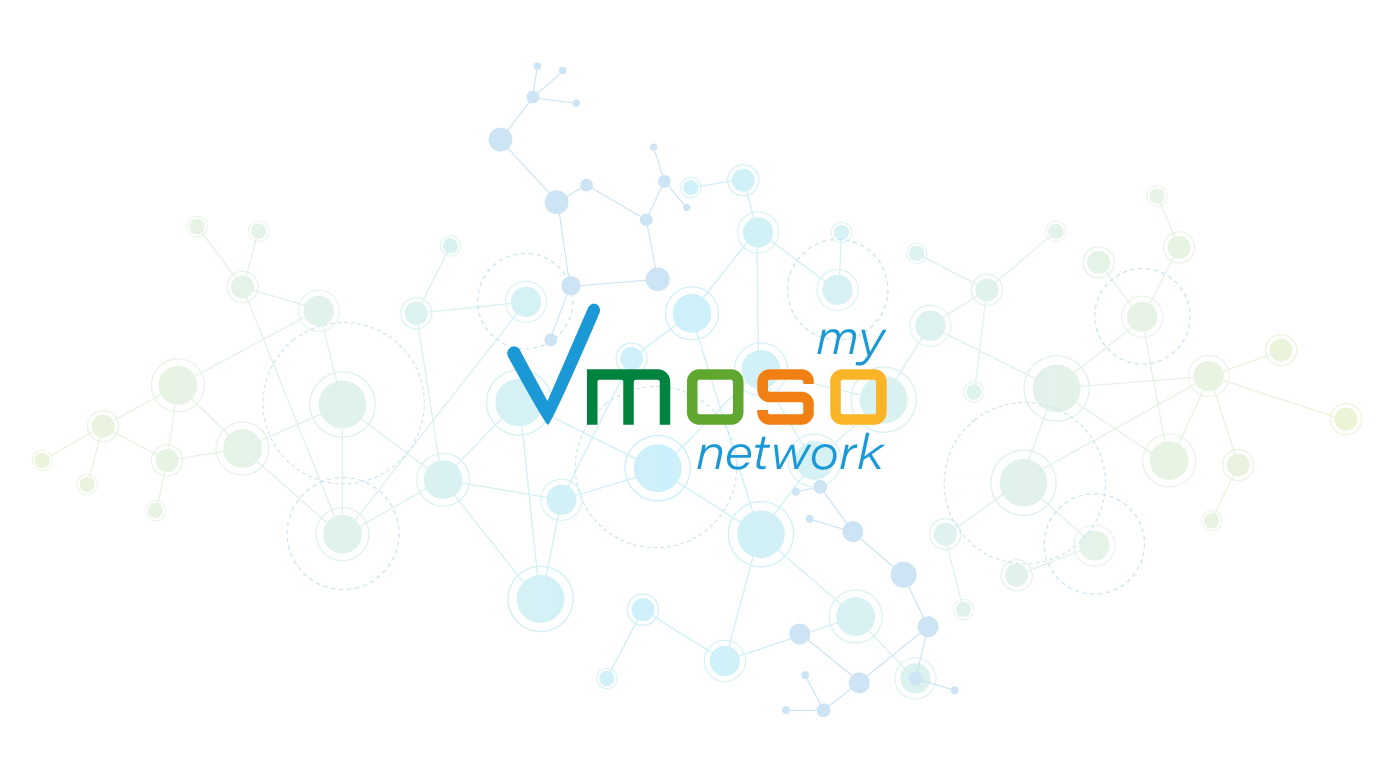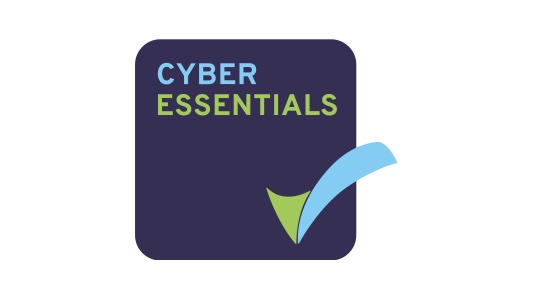Galaxy Health is a US healthcare insurance provider. Galaxy has chosen Vmoso to improve its membership acquisition and renewal rate as well as a number of collaborative business processes involving member enrollment and renewal, plan management, claim escalation and dispute resolution.
Show TranscriptWith so many parties involved in these processes – employees, family members, employers, brokers, insurers and providers – they can generate a huge amount of time-consuming discussions. Galaxy are confident that by using Vmoso Collaborative Process Management they can improve the efficiency of these discussions, leading to a lower cost of service and happy customers.
It’s open enrollment time at Vision International. Sue is an employee at Vision, and she’s trying to work out the best plan for her family.
Her husband, Joe, works part time and look after the children, meaning the whole family is covered on Sue’s plan.
Sue and Joe like the plan from Galaxy Health but have a few questions. So Joe downloads the Galaxy app and joins the chat. Included in this chat is Galaxy’s chatbot which gives rapid answers to frequently asked questions, reducing the burden on Galaxy’s customer service team.
Joe wants to check that his primary physician is included in the plan.
This is something the chatbot can handle easily, quickly confirming that the doctor is indeed already covered under the plan by searching Galaxy’s database of providers.
Joe suffers with back pain, so also wants to check whether a chiropractor he sometimes uses is included in the plan.
This time, the chatbot says no. But it guides Joe towards the process for requesting inclusion of additional providers.
By using a collaborative process to request additional providers, both Joe and Galaxy save time. Joe starts by entering the chiropractor’s details.
So by the time it reaches Galaxy’s customer advisors for review, all the necessary information has been collected.
Joe can see the status of his request and is notified when it’s approved, and has a record of the conditions attached.
Sue’s now ready to sign up for her Galaxy plan. Again, this is performed using a Vmoso collaborative process, which is integrated with document processing and digital signature systems to streamline this type of customer engagement; a document created by QuickSilver and maintained by DocuSign details specific coverages, terms and conditions under her plan.
When she runs into any trouble during this sign-up process, she clicks into the collaborative process’s chat tab, where its built-in chatbot is able to answer all her questions interactively, guiding her through to completion.
A few months later, and Joe has suffered a recurrence of his back trouble
He initiates the policy’s coverage validation process by requesting authorization for treatment from his chiropractor
As the chiropractor is not on the list of approved providers, this is not automatically approved, but assigned to Shirley in the Galaxy customer advisor team to review
Shirley tells Joe that unfortunately his treatment can’t be approved
But Joe has the details of the previous conversation where use of his chiropractor was authorised, so simply links to this.
Shirley acknowledges her mistake and approves the treatment
After a short course of treatment, Joe is feeling a lot better
But Sue’s surprised to receive an invoice from Joe’s chiropractor that she thought should have been covered in full by Galaxy.
So Sue starts a process to query the bill that involves both Galaxy and the chiropractor’s admin. She includes links to the authorization process, and the earlier agreement to add Joe’s chiropractor to the plan
Jamie in the Galaxy billing team assesses Sue’s query and looks back through the previous discussions. What Sue has failed to notice that the earlier approval did point out that only 90% of the chiropractor’s bill would be covered, and that Sue would be billed for the other 10%
Sue & Joe realise that they have overlooked this, and the billing query is resolved.
A year has gone by, and it’s now annual health insurance renewal time at Vision International.
Sue and her family have been very satisfied with their Galaxy Health plan, thanks especially to its mobile-centric high-touch engagement experience empowered by Vmoso.
So when Sue receives Galaxy’s renewal alert, she immediately starts the collaborative process to complete the renewal, which normally involves just a few simple confirmation steps.
However, by taking advantage of Vmoso’s Big Knowledge and its integration with artificial intelligence predictive reasoning capabilities, Galaxy can now analyze Sue and her family’s health profile and actual care received over the past year, compare that to a vast database of similar cases, and recommend the most cost-effective plan coverages for Sue to consider.
Sue chooses a new option, as recommended by Galaxy, which not only increases her coverage but also saves her several hundred dollars per year, making her an even more satisfied customer.
Galaxy’s use of Vmoso benefits everyone across its entire ecosystem, making it easier for customers to get the information they need quickly, and reducing the burden on Galaxy’s own customer advisors as well as its network of brokers and providers.
Using collaborative processes for plan selection, claim authorization and billing query processes ensures that everyone knows what needs to happen next and reduces miscommunication.
Preserving previous discussions as a “single source of truth” for future reference gives a full audit trail and ensures rapid resolution of any queries.
With Vmoso at the centre of their customer engagement, Galaxy has been able to achieve its business goals very successfully by improving membership acquisition, increasing customer satisfaction and reducing their cost of customer service.







